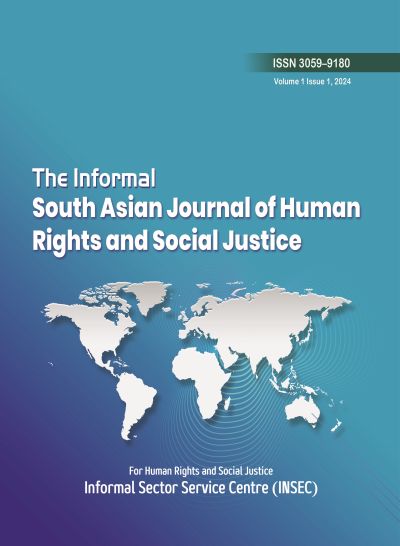Nepali Media in Fulfilling Social Responsibility for Child Rights
DOI:
https://doi.org/10.3126/informal.v1i1.69166Keywords:
child protection, child trafficking, news storyAbstract
News stories on child protection, including child trafficking, prepared by a group of reporters who participated in training on the same theme, resulted in 141 articles in 62 media outlets, both in print and online versions. The study reveals that among the total published news stories, 30.5 percent are related to child sex abuse, follow ed by orientations and awareness programs on child protection issues at 24.8 percent, and trafficking in persons at 10.6 percent (7.1 percent child trafficking, 3.5 percent adult trafficking). One of the issues concerning child protection that has been widely reported, even by reporters who did not participate in the above-mentioned training, is orphanage trafficking. The analysis of selected content from the media outlets, focus group discussions with the reporters who wrote the news, and key informant interviews with their editors reveal that they are willing to collaborate with CSOs and child rights organizations. They consider expert sources and fellowships or grants for story cultivation to be acceptable. However, they stress the need for transparency and the absence of personal interests on both sides during the collaboration. The study also found that there is a practice of providing editorial instructions on reporting issues of child protection. However, almost all media outlets lack written editorial guidelines in this regard.
Downloads
Downloads
Published
How to Cite
Issue
Section
License
Copyright (c) 2024 The Author(s)

This work is licensed under a Creative Commons Attribution 4.0 International License.
This license enables reusers to distribute, remix, adapt, and build upon the material in any medium or format, so long as attribution is given to the creator. The license allows for commercial use.




